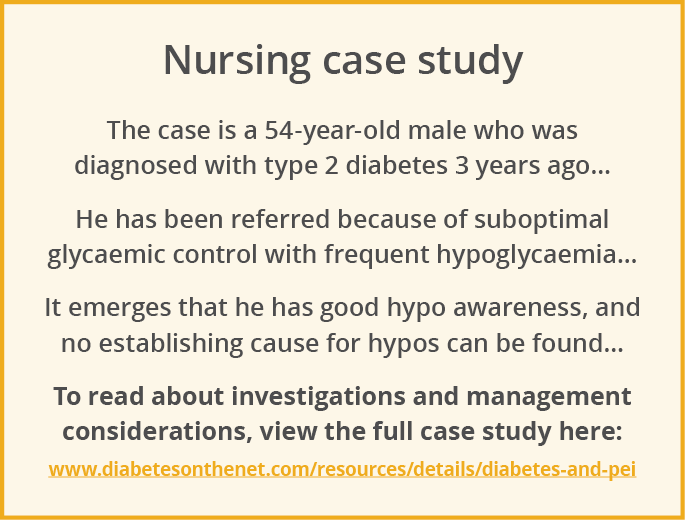Production of this advertorial has been funded by Mylan. Mylan have had no input into the content but have reviewed for factual accuracy only.
How often as a health care professional do you hear a person with type 2 diabetes mention in passing about gastrointestinal (GI) symptoms? When this happens, how often do you attribute the symptoms to their medications, such as metformin? How often do you ask that person spontaneously as part of their diabetes review about GI symptoms? If this is not something you typically do, it is worth considering that GI symptomatology such as loose motions, flatulence and vague abdominal pain are very common in diabetes, and over 80% of people with this condition may report them.1 It is also worth considering that where these symptoms are present, they are frequently not mentioned to the diabetes health care professional since they are deemed irrelevant to the management of the condition.
All of this means that we may be missing a vital piece in the puzzle of diabetes care. Pancreatic exocrine insufficiency (PEI) may be the underlying cause of patients’ GI symptoms in around 25% of cases.2 Damage to the exocrine pancreas is associated with symptoms due to reduced availability of pancreatic enzymes such as lipase that are crucial for nutrient absorption. Whilst steatorrhoea (described as fatty, smelly motions that are difficult to flush away) and weight loss are the hallmark symptoms of PEI, they only occur in severe cases. More commonly observed are the often relatively mild GI symptoms referred to above. To help describe motion types, the Bristol Stool Chart is a useful guide (types 5, 6 and 7 would raise suspicion about the condition).3 Previously, complex tests were typically used by GI specialists to diagnose the condition; these included 3-day faecal fat collections and the pancreolauryl test. These days it is much easier to test for PEI and assessment can be done without referral to GI specialists. A faecal elastase measurement of less than 200 μg/g in the presence of symptoms is consistent with a diagnosis of PEI and severe cases are associated with a level less than 100 μg/g.4
Once the diagnosis is made, some individuals may need referral to a specialist because of concerns about alternative diagnoses such as pancreatic cancer or recurrent pancreatitis, which may be evident from the medical history. The majority of the cases, however, are related to diabetes. There are a number of proposed mechanisms to account for this including reduced pancreatic blood supply, a specific neuropathy affecting the pancreas or hormonal and peptide changes.5 Alternatively, the individual may have another pathology such as chronic pancreatitis that is responsible for causing both diabetes and PEI (so-called type 3c diabetes).6
Having established a diagnosis of diabetes-related PEI, it is possible to manage the condition without referral to GI specialists through the use of pancreatic enzyme replacement therapy (PERT).7 A typical regimen would be 50000 units of PERT with meals and 25000 units of PERT with snacks. This resolves GI symptoms in the majority of cases but sometimes it may be necessary to double the dose of PERT or add in a proton pump inhibitor, which reduces the gastric acid release that may be responsible for attenuating the benefits of pancreatic enzyme supplementation. Another potential benefit of PERT may lie in an impact upon metabolic control. Some studies have suggested an improvement of glycaemic control in individuals with diabetes and PEI, such as reduced HbA1c and hypoglycaemic episodes,8,9 alongside resolving GI symptoms.
In summary, it behoves us to enquire about the presence of GI symptoms in our patients with diabetes. PEI is common and we have the tools to diagnose and treat the majority of individuals without referral to GI specialists. The trick is to remember to ask them as part of our holistic approach to diabetes management.
 |
 |




Study provides new clues to why this condition is more aggressive in young children.
14 Nov 2025